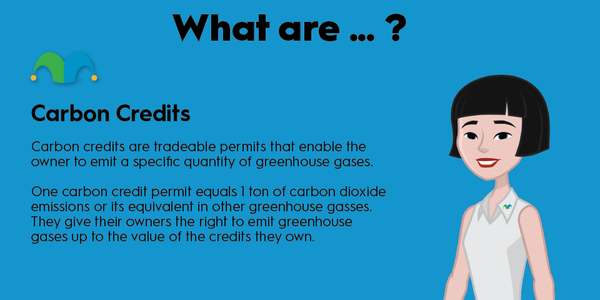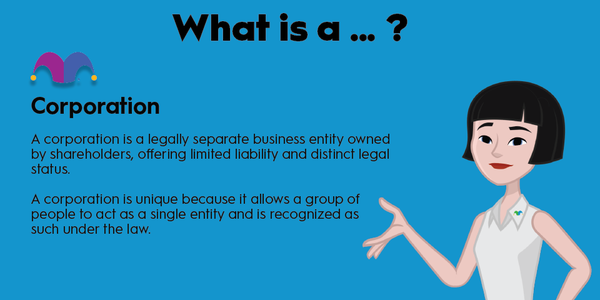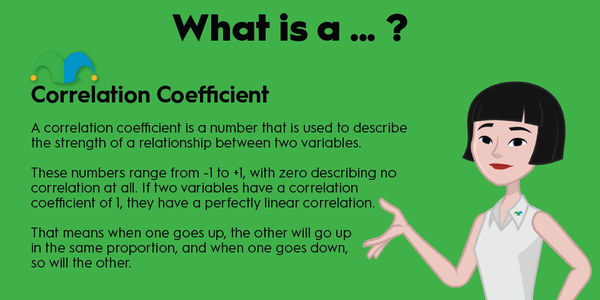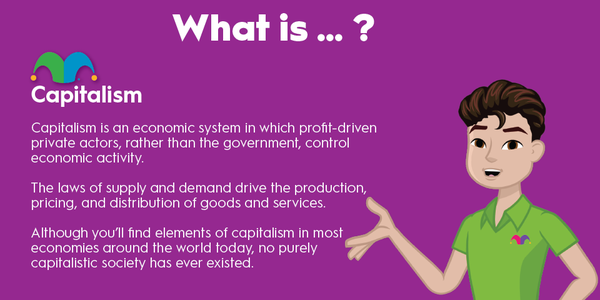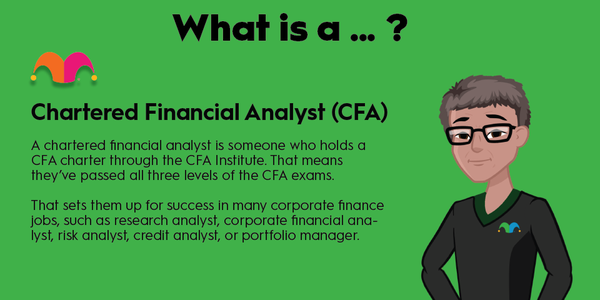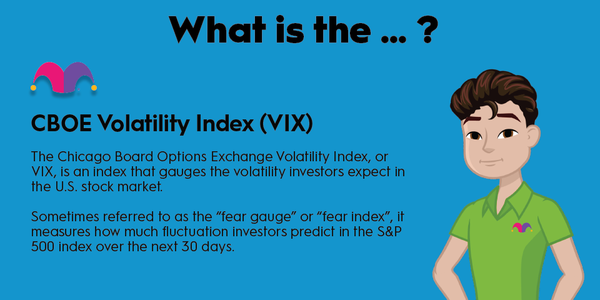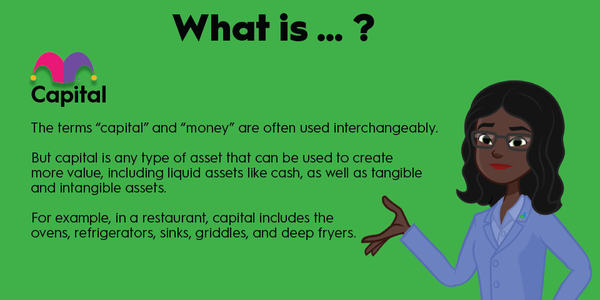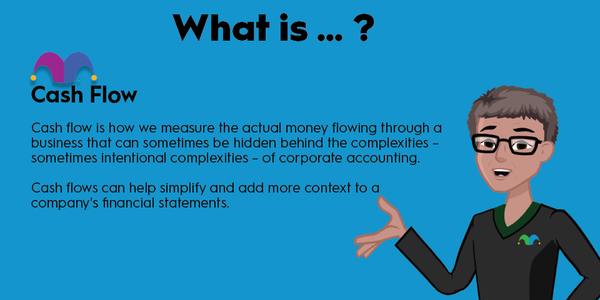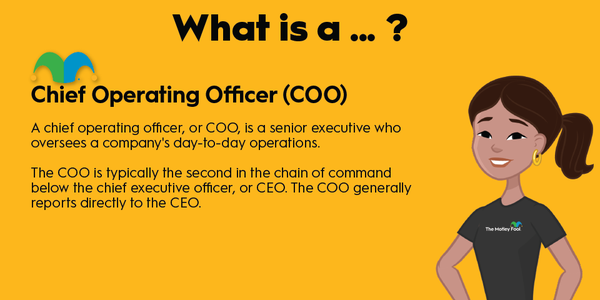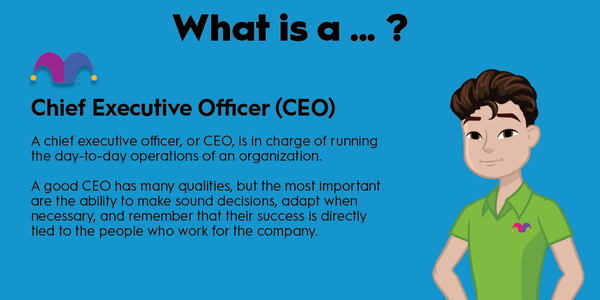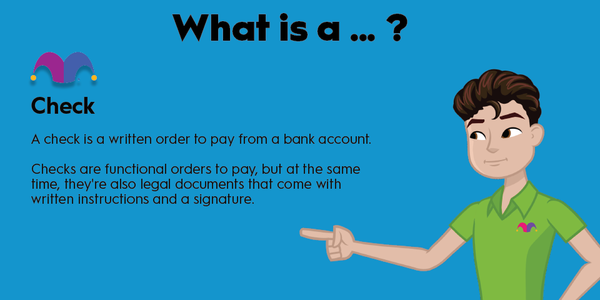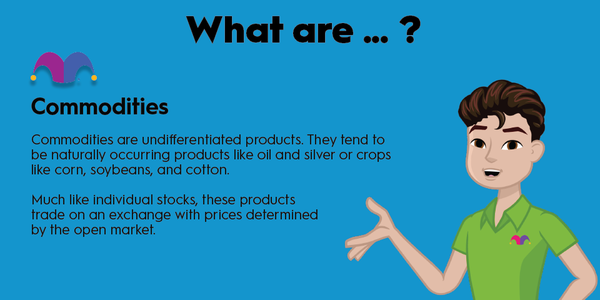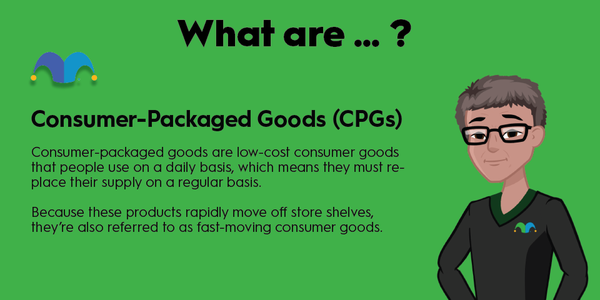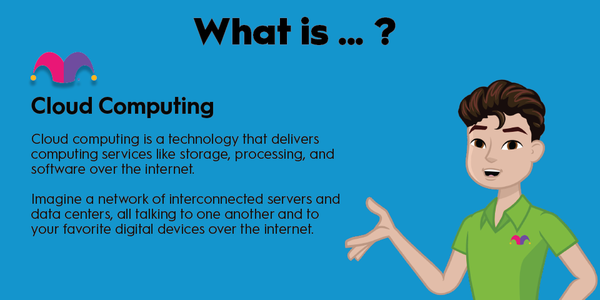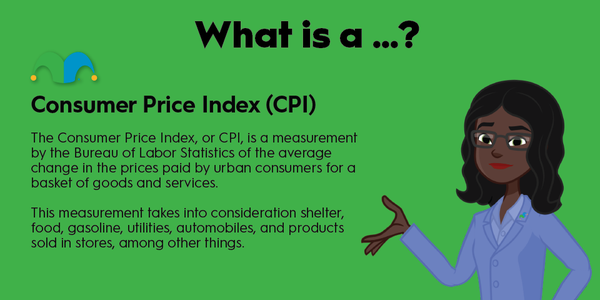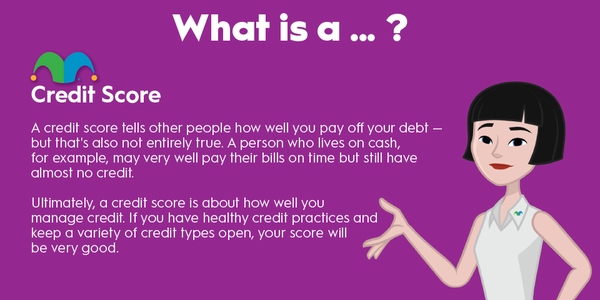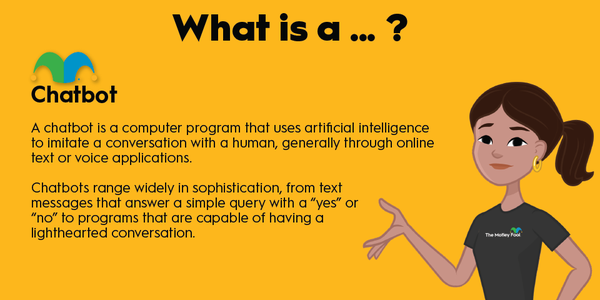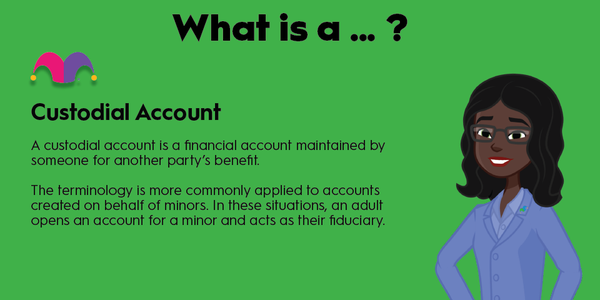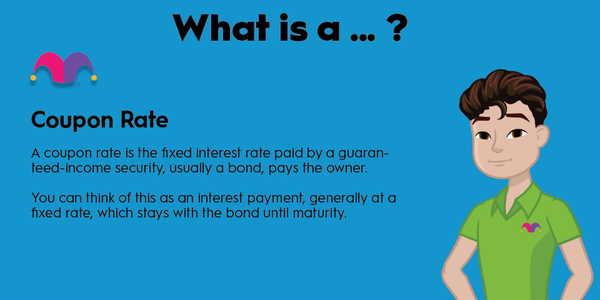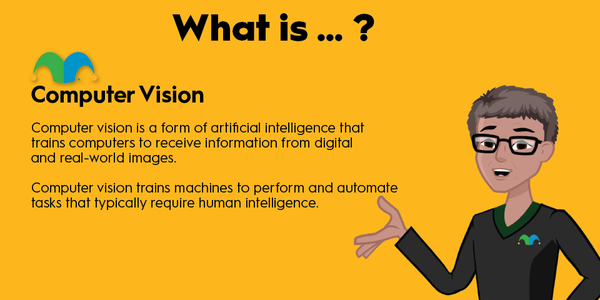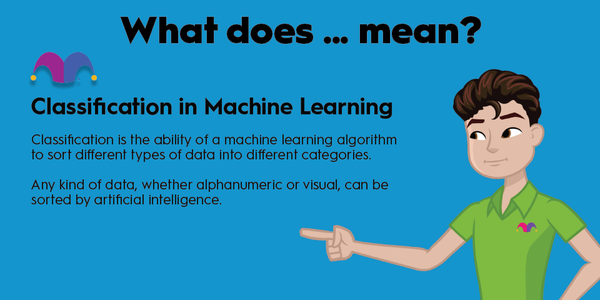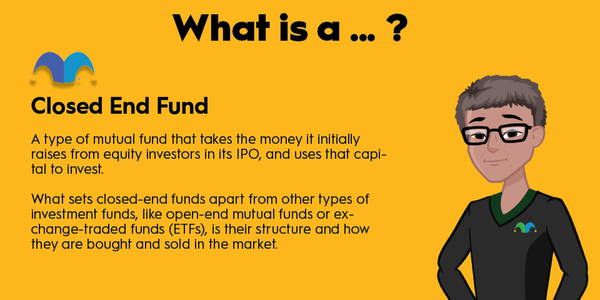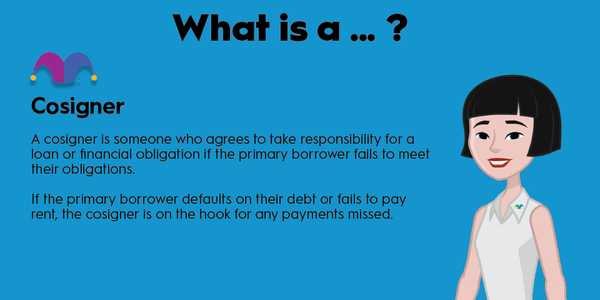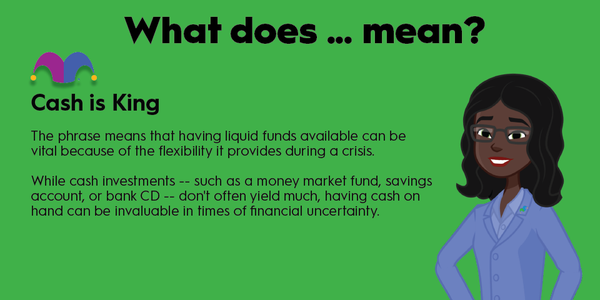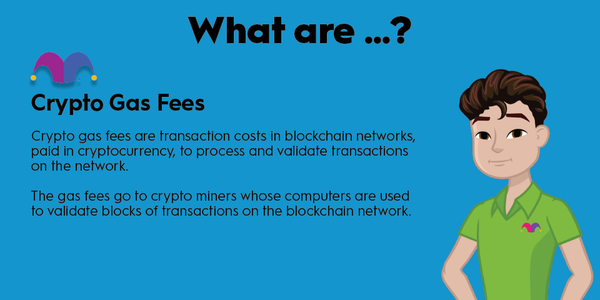Chainlink (LINK -0.14%) is a decentralized blockchain oracle network. A blockchain oracle is a service that transfers real-world data to smart contracts (programs running on blockchains). Chainlink allows smart contracts to quickly and securely connect to data sources.

It's an important service, and it gives Chainlink a wide range of use cases across many different industries. Read our full Chainlink guide to learn more about how it works and why it's one of the best cryptocurrency investments.
What makes Chainlink unique?
What makes Chainlink unique?
The reason Chainlink is so useful is that it connects smart contracts on blockchains to real-world data and events.
Smart contracts are blockchain programs that self-execute when specific conditions are met. They're one of the most widely used blockchain tools, and blockchain platforms capable of running smart contracts are extremely popular. But they have a limitation referred to as the blockchain oracle problem. They can't interact with off-chain data or any information not on the blockchain.
Blockchain oracles solve that problem. An oracle is a bridge that brings a smart contract the data it needs. It's also important that the smart contract receives accurate data, and that's where the Chainlink Oracle Network comes in.
Chainlink is made up of various decentralized oracle networks. Each network consists of multiple blockchain oracles that retrieve and validate data. This allows smart contracts using Chainlink to get data from tens to hundreds of oracle nodes and aggregate the result instead of relying on a single oracle.
Beyond connecting smart contracts to data, Chainlink's ambitious version 2.0 expands its set of services to include connecting smart contracts with off-chain computation, payments, and events. With the expansion of off-chain functionality, Chainlink sees the evolution of a whole new class of "hybrid" smart contracts -- and with Chainlink nodes in the middle of it all.
Chainlink also cleverly expands its ecosystem by enabling data providers to sell their data directly to blockchain applications (on any blockchain) simply by connecting their application programming interface (API).
Where Chainlink came from
Where Chainlink came from
Sergey Nazarov, Steve Ellis, and Ari Juels published the original Chainlink white paper and began developing the project in September 2017. They also held an initial coin offering (ICO) that month, selling 350 million LINK tokens (35% of the total supply) and raising $32 million.
Chainlink launched its network in May 2019. The project is managed by a corporation registered in the Cayman Islands, Smartcontract Chainlink, Ltd., and the Chainlink Labs organization.
How Chainlink works
How Chainlink works
Although Chainlink is in a multi-year process of expanding its oracle features, the way it currently provides data to blockchain applications works like this: When a user needs off-chain data through Chainlink for their smart contract, they put out a request. The Chainlink protocol responds by creating a service-level agreement (SLA). The SLA includes three sub-contracts, each with its own function:
- Chainlink Reputation Contract: Reviews oracles' reputation scores and discards any that are unreliable.
- Chainlink Order-Matching Contract: Brings the request to oracles, takes bids, and selects the oracles that will handle the request.
- Chainlink Aggregating Contract: Receives that data from the oracles and validates it. For example, if most oracles provide one response, but two provide other information, it will discard the responses of those two oracles.
Chainlink isn't limited to oracles that are part of its network. It can also gather data from outside oracles using its Chainlink Core software and external adapters. Here's how they work:
- Chainlink Core: Reads the request and routes it to a Chainlink node.
- External Adapter: Connects the node with an external data source and translates requests from a blockchain programming language to a real-world programming language.
Users pay Chainlink node operators (which deliver off-chain data) in LINK tokens. Node operators set the prices for their services.
Chainlink nodes also need to stake LINK, meaning they lock up those tokens on the blockchain as collateral. The amount of LINK a node has staked is one factor in its reputation score. If a node is unreliable or dishonest, the Chainlink protocol taxes its LINK stake. This helps ensure that nodes provide accurate information.
Partnerships
Partnerships
Because it provides such a valuable and essential service, Chainlink has built up a massive list of partners, including many of the biggest blockchain networks, decentralized finance (DeFi) platforms, and crypto games. Here are some of the major blockchain networks that are using Chainlink:
One of the most notable companies working with Chainlink is Alphabet (GOOGL 1.27%) (GOOG 1.25%), which decided to use Chainlink for its Google Cloud service. The partnership involves Google putting its BigQuery data on the blockchain through Chainlink.
A major Chainlink partner in the crypto industry is the Binance crypto exchange. It uses Chainlink to connect its data to blockchain platforms.
Keep in mind that those are just a small selection of some important connections made by Chainlink. The Chainlink ecosystem contains more than 1,000 partnerships and collaborations.
Can I make passive income with Chainlink?
Can I make passive income with Chainlink?
You can make passive income with Chainlink by lending your LINK tokens to a crypto lending program. If you're a U.S. resident, CoinLoan and Gemini are two platforms that support Chainlink lending. While Gemini is considered one of the top crypto exchanges, CoinLoan offers much higher interest rates on LINK.
Lending crypto has its risks. Like any other type of lending, you can lose your funds if a borrower defaults.
Unique risks
Unique risks
To Chainlink's credit, it doesn't have any glaring weaknesses or flaws. The price is volatile and it's part of a very new, unproven industry, but that's the case for all cryptocurrencies. If you're going to invest in any types of cryptocurrency, volatility and risk come with the territory.
Chainlink has gotten attention for its token distribution. A 2021 report found that 125 wallets held 81% of the total LINK supply, with Chainlink node operators holding 35% and the Chainlink team almost 25%.
Although this can lead to worries that a small group of whales (investors who own large amounts of crypto) have too much control, that doesn't seem like the case here. The Chainlink team was open about token distribution from the beginning and how it would use its supply to fund development. A large part of the reason Chainlink has been so successful is because the team has had the funds necessary to expand.
Is Chainlink a good investment?
Is Chainlink a good investment?
Chainlink is a quality investment that's worth considering if you're building a cryptocurrency portfolio. It offers excellent utility, widespread adoption, and has a significant first-mover advantage compared to other decentralized oracle networks.
Smart contracts on every blockchain network need (and will continue to need) real-world data. Chainlink provides an efficient and accurate oracle solution. The fact that there are already so many projects using the Chainlink network is a testament to its utility.
Also boding well for Chainlink's growing adoption is the fact that it’s blockchain-agnostic and not tied to any single network. Chainlink also has shown initiative in proposing a global, open-source standard for cross-blockchain messaging, the Cross-Chain Interoperability Protocol (CCIP). Whether or not CCIP becomes a popular global standard, its proposal is significant, and it puts Chainlink in a high-profile position as the blockchain industry continues to evolve.
When you look at the oracle token market, it's apparent that Chainlink is in a very strong position. None of its competitors even come close in terms of size. As of May 2022, no other oracle token had even one-tenth of Chainlink's market cap or had broken into the top 100 cryptocurrencies.
That being said, it's also important to be cautious about any cryptocurrency investment. As mentioned earlier, prices are volatile, and they can rise or fall quickly. If you decide to invest in Chainlink, other projects, or cryptocurrency stocks, be cautious about how much you spend.
Related investing topics
How to buy Chainlink
How to buy Chainlink
Since Chainlink is one of the larger cryptocurrencies, there are plenty of exchanges that list it. Here are a few of the most popular places for U.S. investors to buy Chainlink:
If you already have an account on a different crypto exchange, check for Chainlink there first. It's widely available, so you may not need to go anywhere new to find it.
Chainlink is popular among cryptocurrency enthusiasts, and it's easy to see why. No cryptocurrency is a sure thing, but, with the features it offers, Chainlink clearly has the potential for long-term success.

